Looking Back in Time
By: FMN Ana Ka’ahanui (Capital Nature)
It was the day before Easter. I navigated the busy parking lot of the Springfield Costco in Newington, scanning the area for a group of outdoorsy looking people. I found them. With walking sticks, backpacks and water bottles, I saw

Accotink Gorge Rockhounds – photo Katy Johnson
a few dozen people assembled at the back of the lot, some applying several coats of insect spray. It was my first geology hike after being certified as a master naturalist and I was excited. I was greeted by one of the organizers, Katy Johnson, with clipboard in hand, asking me if I had signed a waiver. It was great to see fellow naturalists in person; many familiar faces after so many Zoom calls. This was a gathering to visit and appreciate the unique geology of the Accotink Gorge. I couldn’t believe I had lived 15 minutes away from here for over 20 years and I didn’t even know this place existed! This was the precise reason the group came together.
The Friends of Accotink Creek, along with members of the Northern VA Mineral Club (NVMC) introduced the area and gave us the lay of the land and

FMN Katy Johnson – photo Ana Ka’ahanui
history about its formation. Fairfax Master Naturalists were invited to get acquainted with the area in hopes of the gorge becoming a future stewardship activity. NVMC’s Field Trip Co-Chair, Katy Johnson (also an FMN), wrote an excellent recap of our hike, which you can read here. NVMC Hike leader Sue Marcus shared that “Every rock shows us something about its origin. For example, most of the rocks we saw in the stream bed were various types of quartz because quartz is more resistant to erosion. Iron can stain them red or orange.” I was fascinated by the variance in colors we discovered. For a deeper dive, one of the NVMC leaders, Hutch Brown, gives us an in-depth explanation of the geology of the Accotink Gorge in this article. Who knew such natural wonders existed behind the Springfield Costco? I really enjoyed the hike and hope to attend more NVMC’s events in the future.
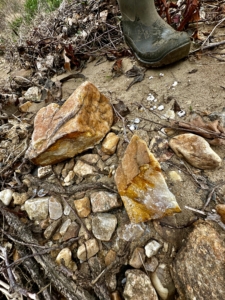
Accotink Gorge quartz -photo Ana Ka’ahanui
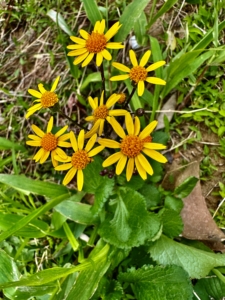
Accotink Gorge Flowers – photo Ana Ka’ahanui
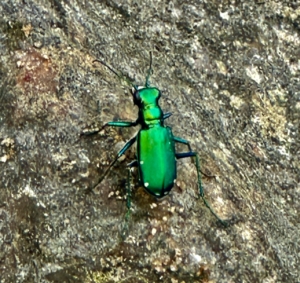
Accotink Gorge Beetle – photo Ana Ka’ahanui

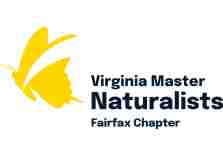
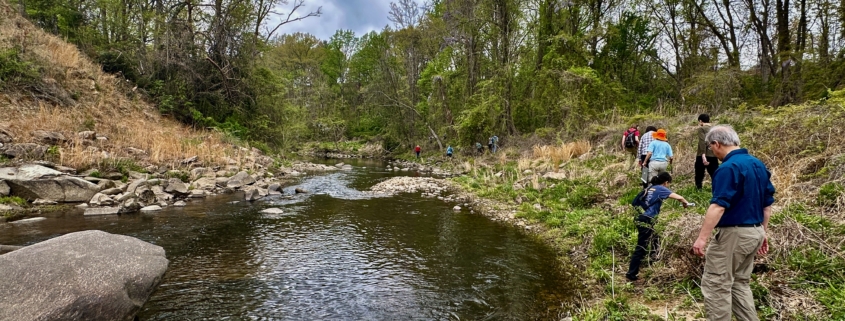
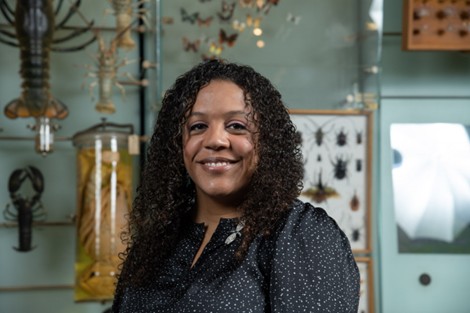
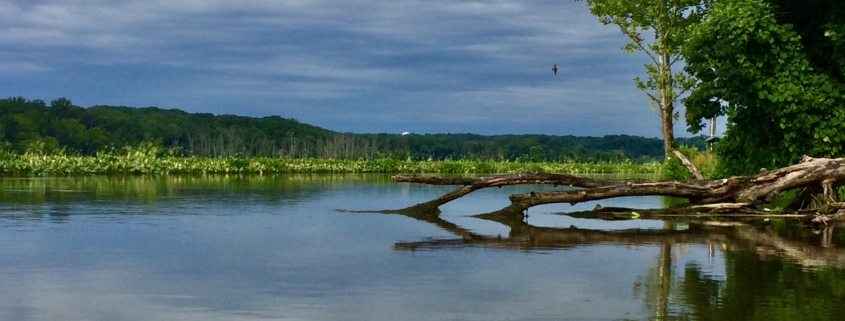



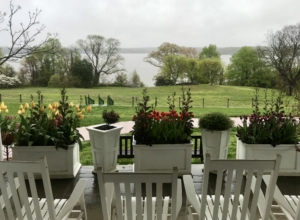
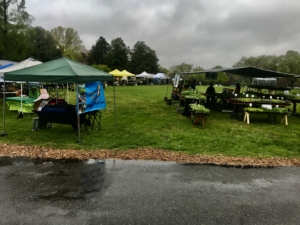
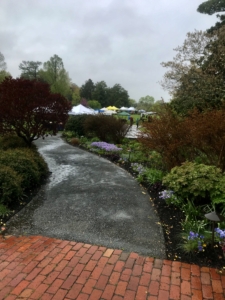
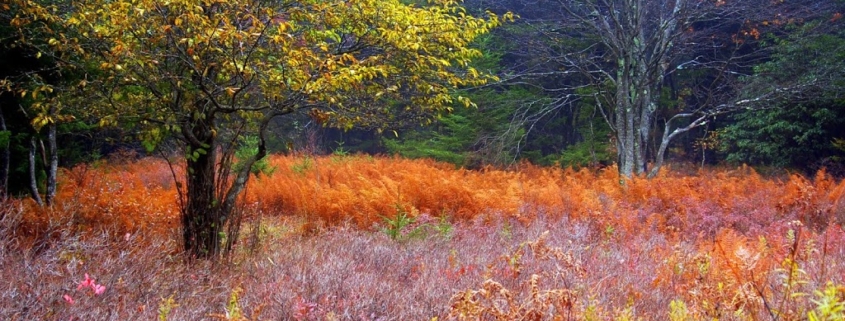
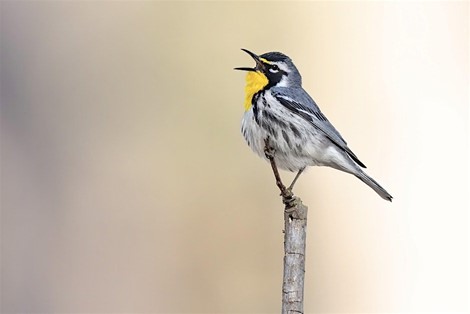
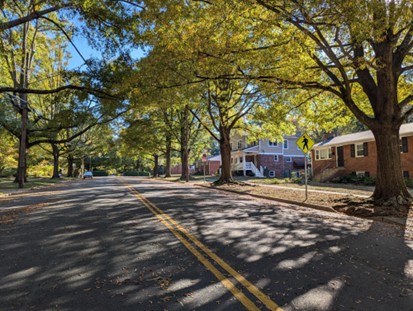
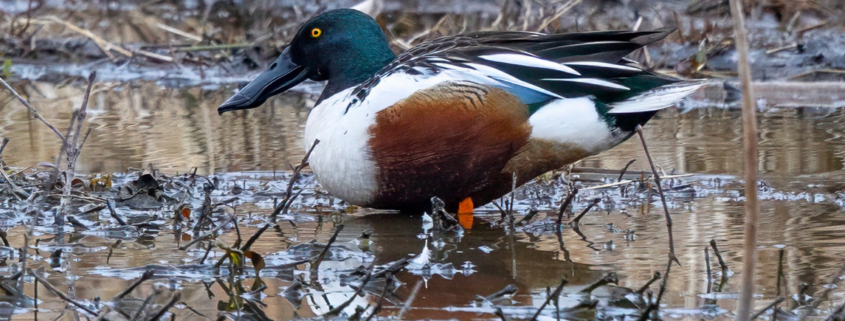

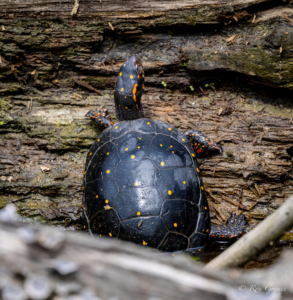




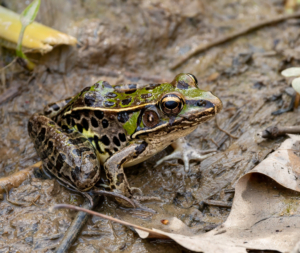
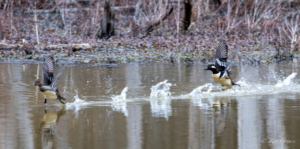
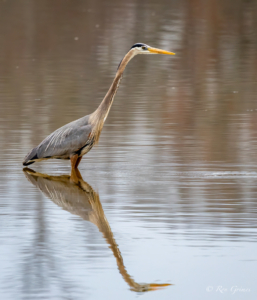
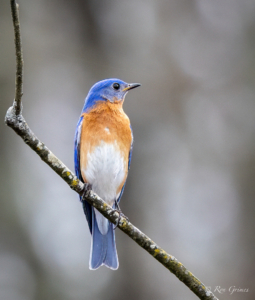
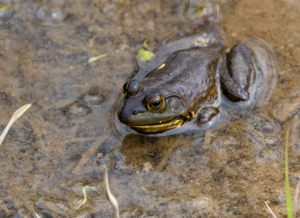
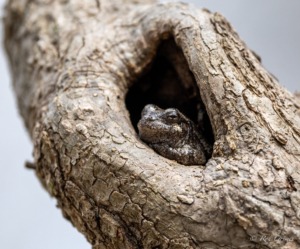
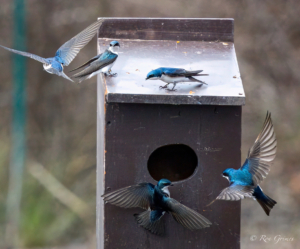

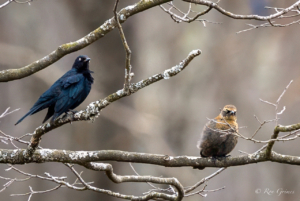

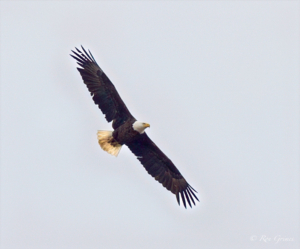

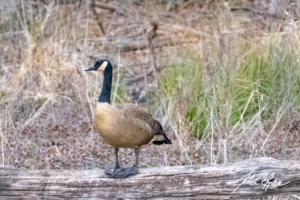
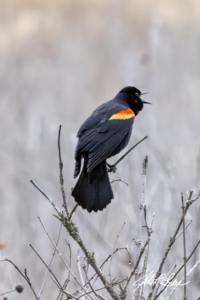
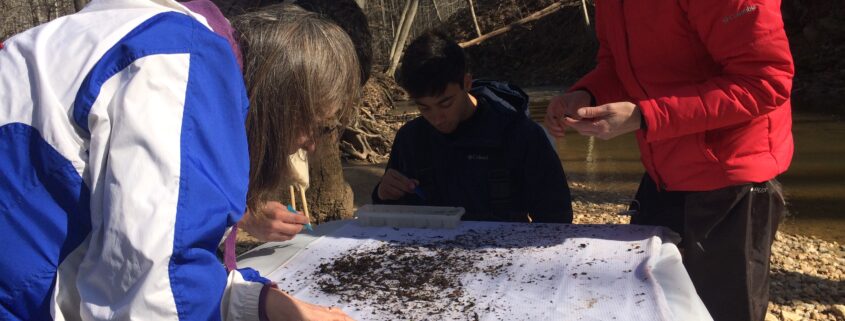
Dr. Jessica Ware is a curator at the American Museum of Natural History, where she serves as Chair of the Division of Invertebrate Zoology. Dr. Ware’s research focuses on the evolution of behavioral and physiological adaptations in insects, with an emphasis on how these occur in Odonata (dragonflies and damselflies) and Dictyoptera (termites, cockroaches, and mantises). Dr. Ware holds a B.Sc. from the University of British Columbia in Canada, and a Ph.D. from Rutgers, New Brunswick. She was awarded a PECASE medal from the U.S. government for her work on insect evolution. Dr. Ware served on the Governing Board of the Entomological Society of America for 3 years. Dr. Ware is the past president of the Worldwide Dragonfly Association and the past president of the Entomological Society of America. She is president-elect of the Society of Systematic Biologists. Dr. Ware is co-founder of Entomologists of Color and serves on the board of Black in Natural History Museums. Photo by Denis Finnin
See More